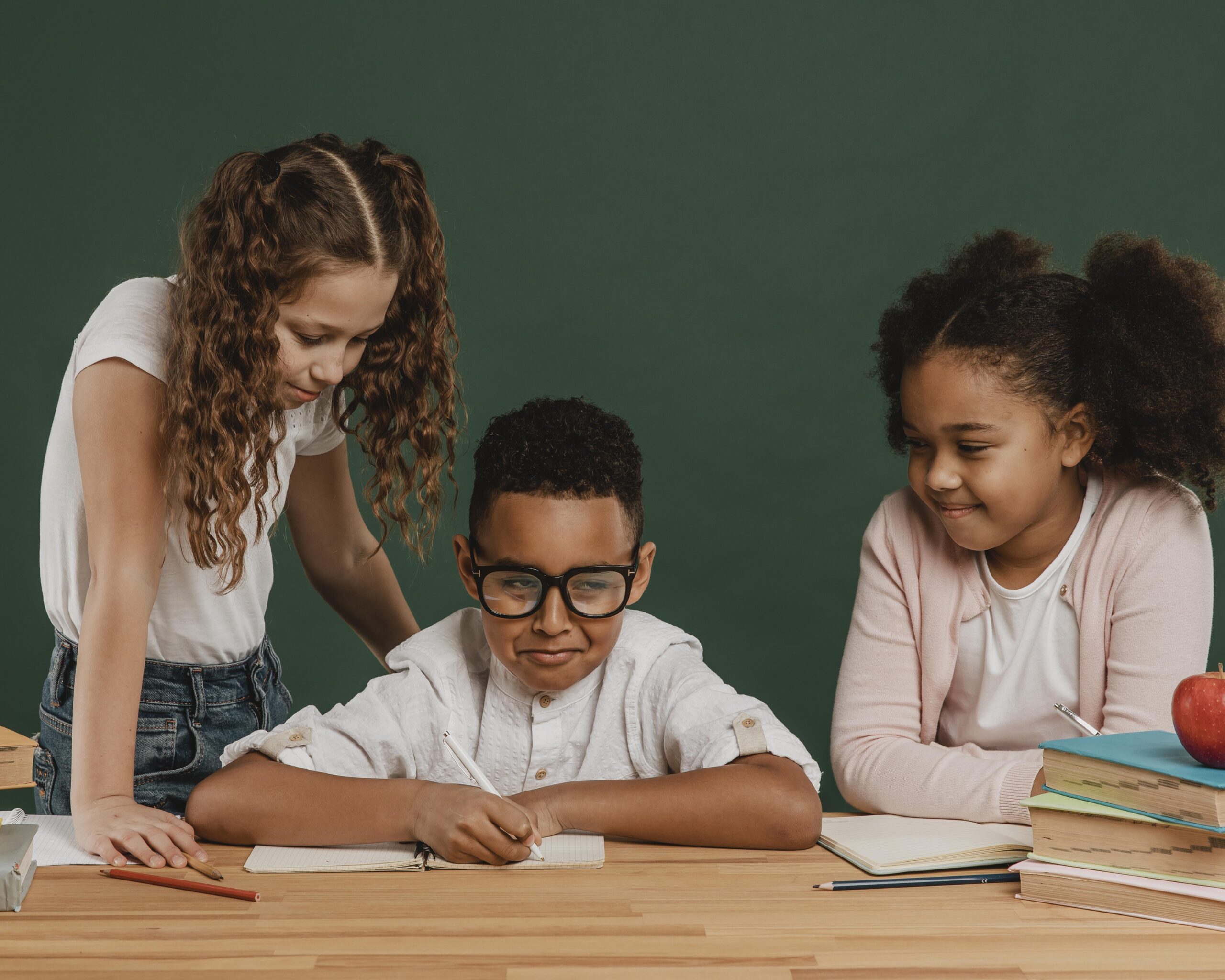YEAR 3 - ENGLISH

- Description
- Reviews
- 1Response to visual text: Into the forestPreview 40 minutes
Introduction
1. Show the class an illustration from Into the Forest and ask them to silently observe the details in the image. Ask, “What do you see? What might be happening in this picture?”
2. Discuss how illustrations can tell a story on their own and provide additional information to the text.
3. Explain that students will be developing open-ended questions about the images, which will help them think deeply about the story.
- 2InformationText: VegetablesPreview 40 minutesThis lesson is locked because you haven't completed the previous one yet. Finish the previous lesson to unlock this one.
Introduction
1. Begin by explaining what an information report is and its purpose (to inform or provide facts).
2. Show an example of an information report (e.g., about carrots) and point out the different sections: introduction, characteristics, how it is grown, how it is eaten.
3. Discuss the key features of an information report: paragraphs, technical nouns, and complex sentences. Write a few examples of technical nouns (e.g., "root vegetable," "harvest") on the board.
- 3Reading aloud: Leading the wayPreview 40 minutesThis lesson is locked because you haven't completed the previous one yet. Finish the previous lesson to unlock this one.
Introduction
1. Begin by discussing what it means to "lead the way." Ask students if they have ever been in a situation where they had to lead others (e.g., leading a group activity or showing a friend how to do something).
2. Introduce the text Leading the Way and explain that students will be practicing reading it aloud, focusing on fluency, expression, and understanding.
3. Remind students that good readers use their voices to reflect punctuation and meaning, and they read at a smooth, even pace.
- 4Oral Presentation: AdvertisementPreview 40 minutesThis lesson is locked because you haven't completed the previous one yet. Finish the previous lesson to unlock this one.
Introduction
1. Begin by asking students if they’ve seen any advertisements for food or toys that really made them want to buy something. Discuss what made the advertisement appealing.
2. Show a few short video clips of advertisements, including one for a healthy breakfast cereal. Ask students to identify what made the ad convincing (e.g., exciting music, persuasive words, fun characters).
3. Explain that persuasive language in advertisements is used to convince the audience that one product is the best.
- 5Interpreting Text: Stolen GirlPreview 40 minutesThis lesson is locked because you haven't completed the previous one yet. Finish the previous lesson to unlock this one.
Introduction
1. Begin by introducing the story Stolen Girl and explain that the illustrations play an important role in conveying the emotions and experiences of the character.
2. Read a section of Stolen Girl aloud to the class, displaying the illustrations as you read.
3. Discuss how the text and images work together to convey meaning. Ask: “How do the illustrations show what the girl is feeling? What colors or shapes does the illustrator use to help tell the story?”
- 6Group Discussion: Building a skate parkPreview 40 minutesThis lesson is locked because you haven't completed the previous one yet. Finish the previous lesson to unlock this one.
Introduction
1. Explain the importance of group discussions in sharing ideas and making decisions. Discuss how to listen to others’ views and respond appropriately.
2. Introduce the task: the class will be discussing ideas for building a new skate park in their community, including what features to include and what rules should apply.
3. Discuss the structure of a group discussion:
o Active listening: paying attention to others’ ideas.
o Respectful responses: agreeing or disagreeing politely.
o Building on others’ ideas: adding to or improving suggestions.
- 7Presentation: Television cooking showPreview 40 minutesThis lesson is locked because you haven't completed the previous one yet. Finish the previous lesson to unlock this one.
Introduction
1. Introduce the concept of procedural texts. Explain that a procedural text provides instructions on how to do something, such as following a recipe.
2. Show an example of a recipe and discuss its key features:
o Title: What are you making?
o Ingredients: What do you need?
o Steps: What do you do first, second, and last?
o Commands: Clear instructions using action verbs like “chop,” “mix,” or “stir.”
